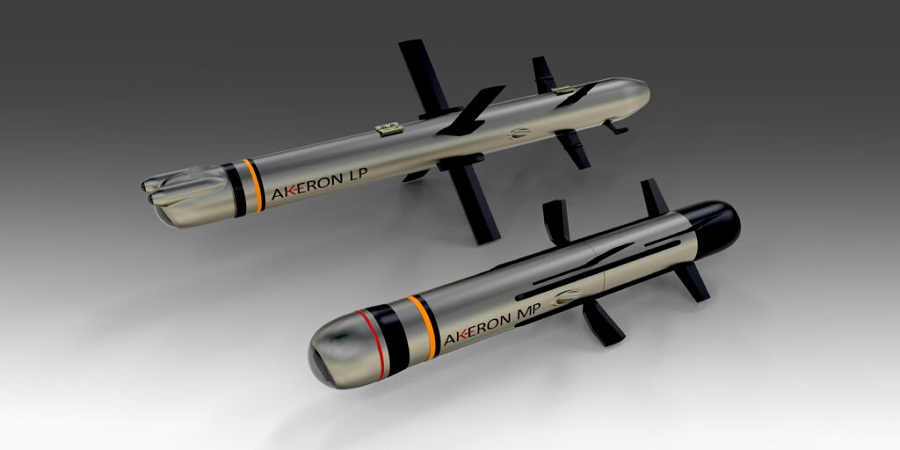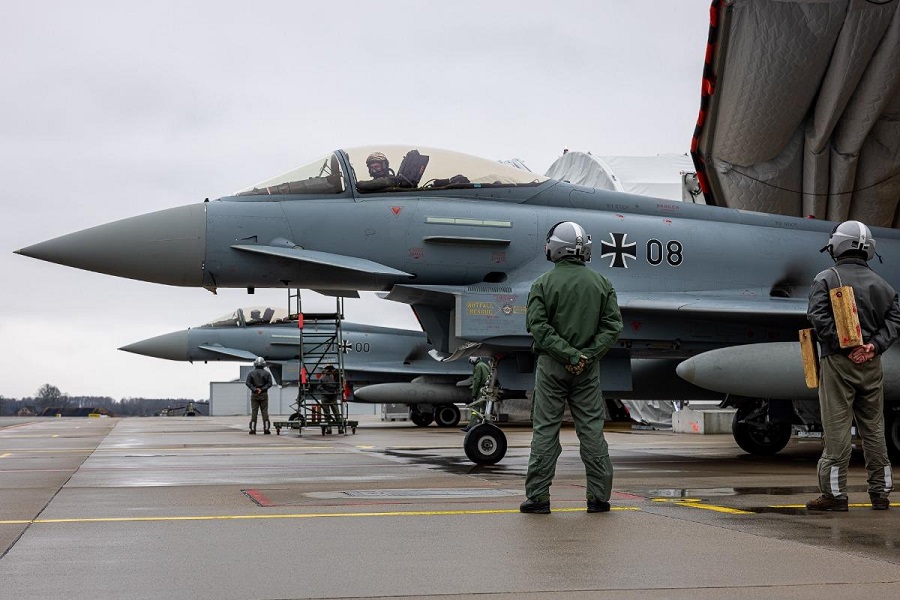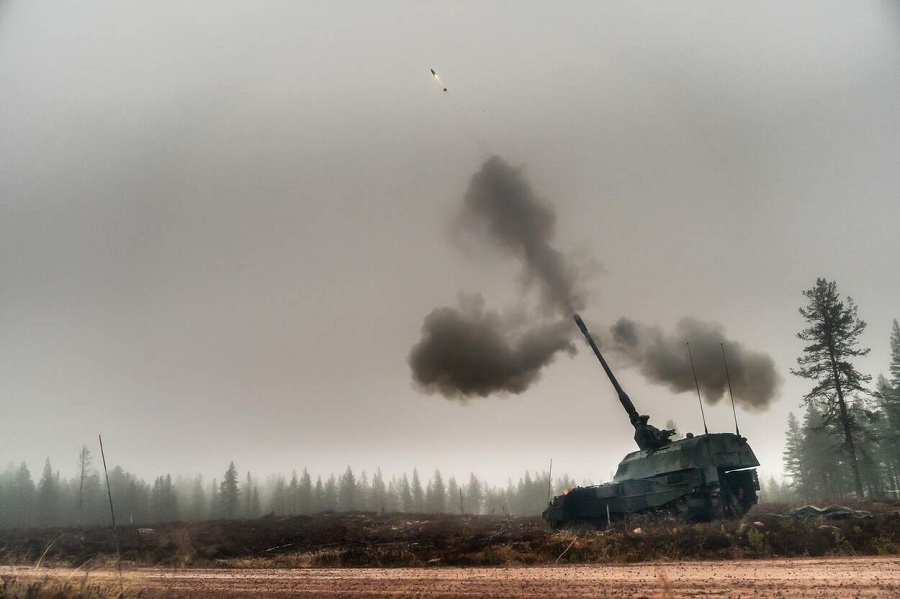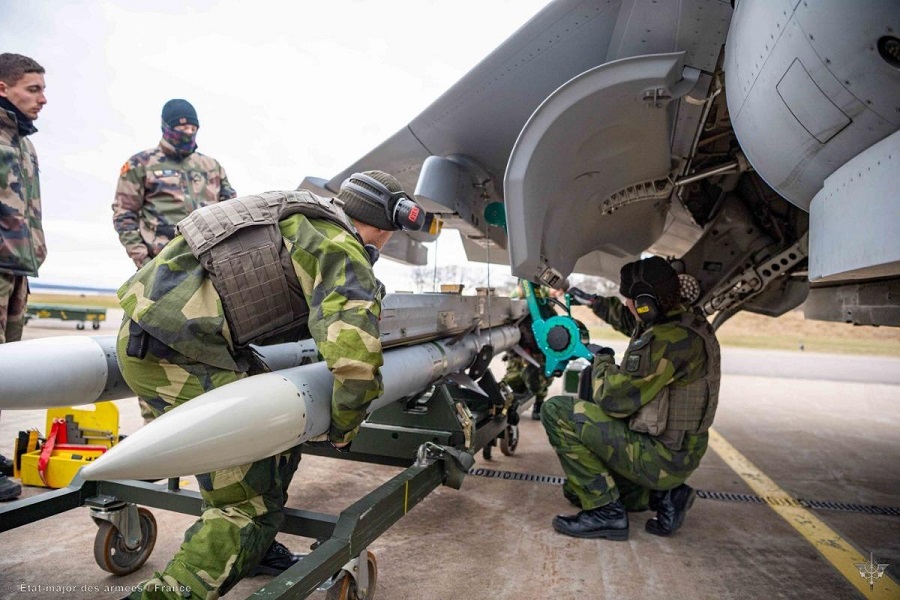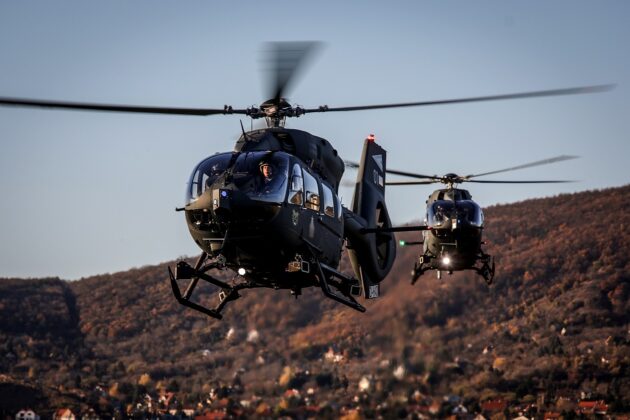In November 2018, the DGA signed a contract with European defence industry company MBDA for the refurbishment of 300 MICA and the production and delivery of 567 MICA NG (New Generation) air-to-air missiles.
The first batch of 14 refurbished MICA missiles DGA received in June 2022. Under the schedule of the programme, all refurbished missiles will be delivered by 2026. According to the DGA, the refurbishment of MICA missiles includes replacing the pyrotechnical equipment (in particular propellants) which limited the lifespan of this weapon.
Also in 2026, the French defence procurement agency DGA expects delivery of the first batch of ordered MICA NG missiles.
The producer of MICA missiles is the European defence industry company MBDA, which also is responsible for the development of MICA NG. In 2018, DGA has awarded MBDA a contract to to develop the next generation of the MICA air-to-air missile, with deliveries scheduled to begin in 2026.
According to MBDA, the MICA NG is intended to replace MICA missiles currently in operational service with the French armed forces and exported to 14 countries worldwide. The NG programme includes an extensive redesign of the current MICA family while keeping the same aerodynamics, mass and centre of gravity — to minimise the amount of adaptation required to operate the new system with existing platforms and launchers.
The MICA NG still offers the option of two different seekers (infrared and radio frequency) and two launch modes (rail and ejection) in a single missile casing.
The technological enhancements are designed to provide the capability to counter future threats, including targets with reduced infrared and electromagnetic signatures, atypical targets (UAVs and small aircraft), as well as the threats normally countered by air-to-air missiles (combat aircraft and helicopters).
The infrared seeker uses a matrix sensor providing greater sensitivity. The radio frequency seeker will use an AESA (Active Electronically Scanned Antenna), enabling smart detection strategies. The reduced volume of electronic components within MICA NG will allow it to carry a larger quantity of propellant, thereby significantly extending the range of the missile.








